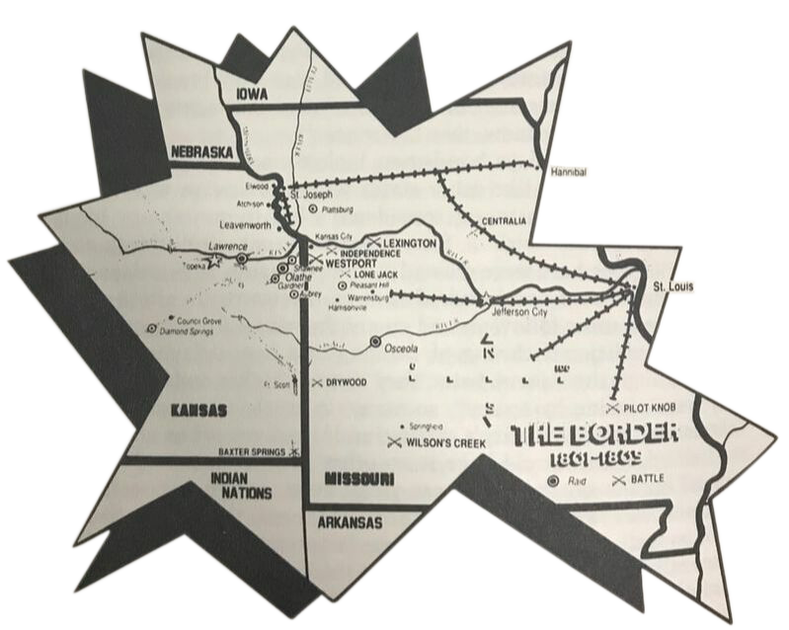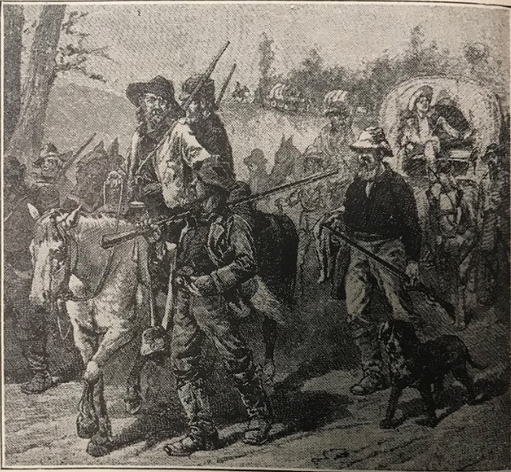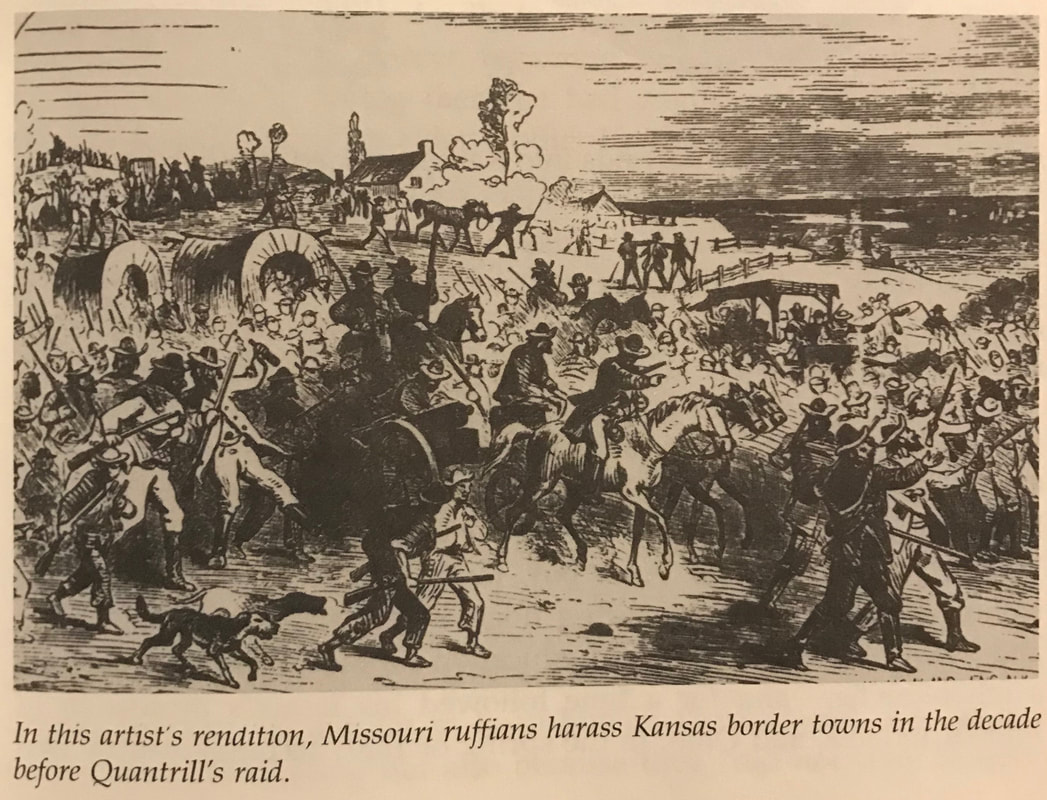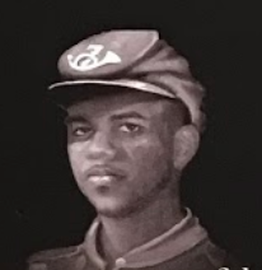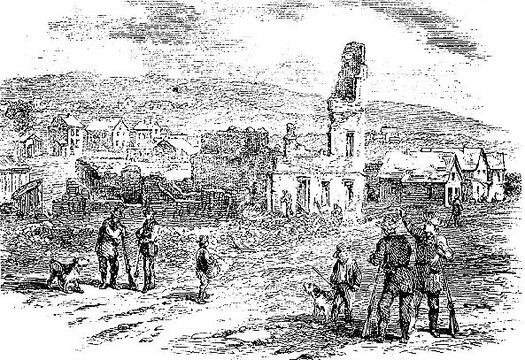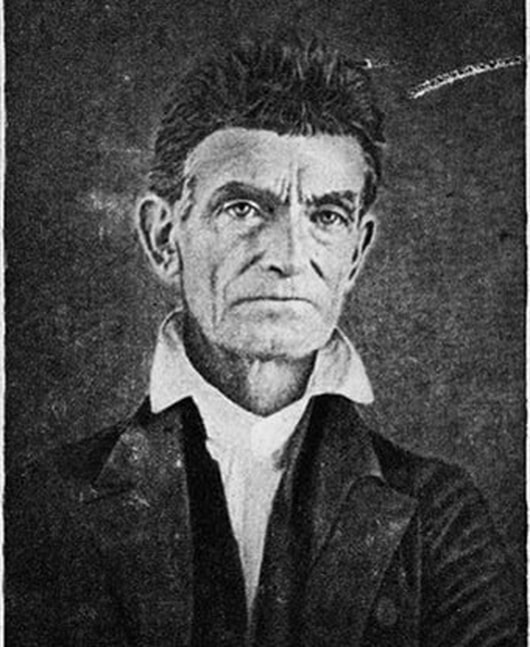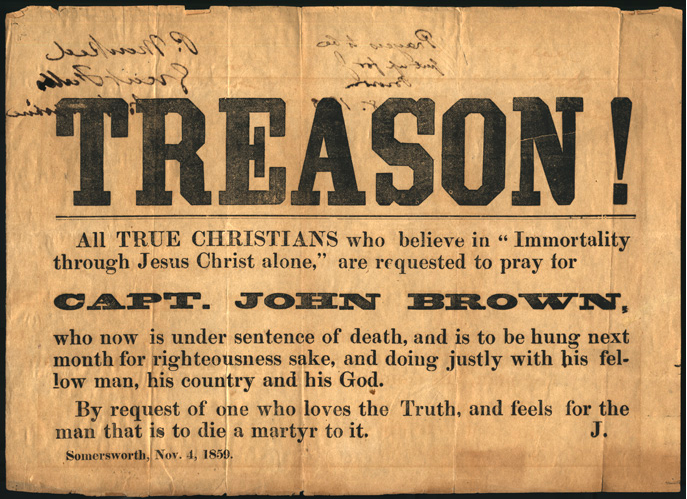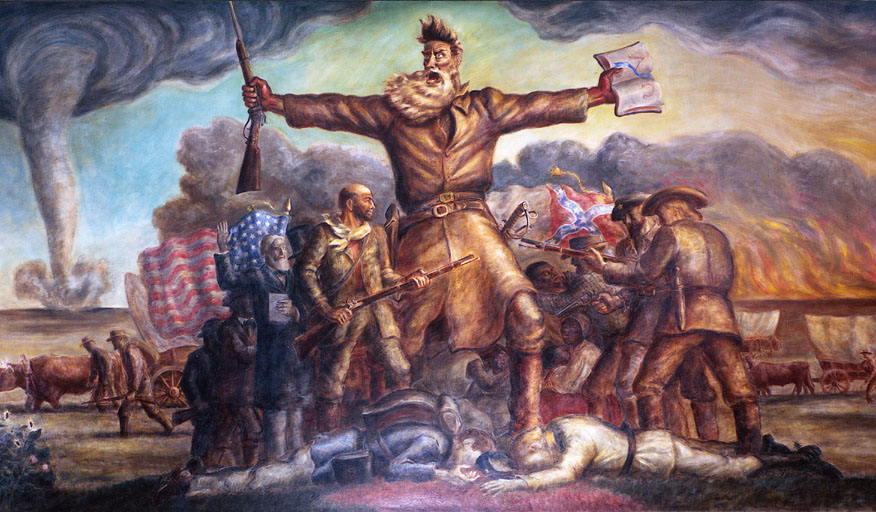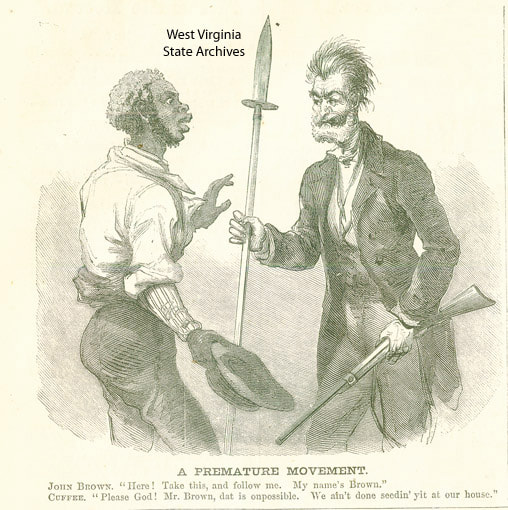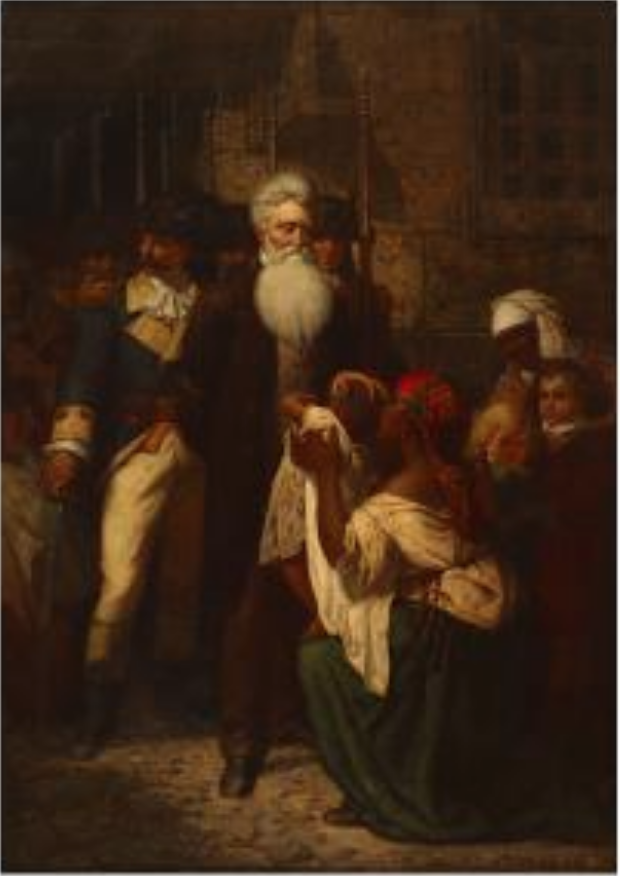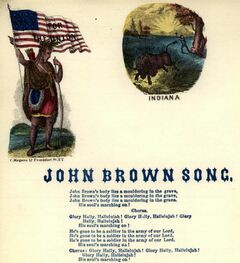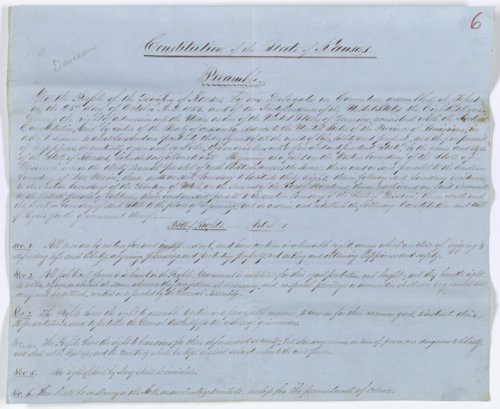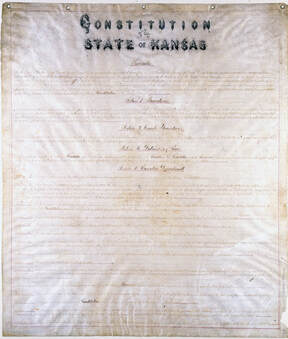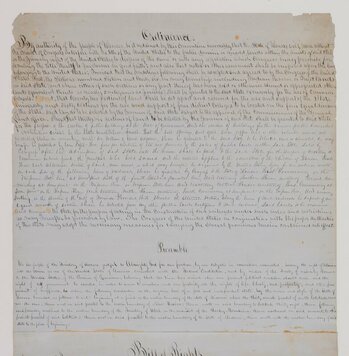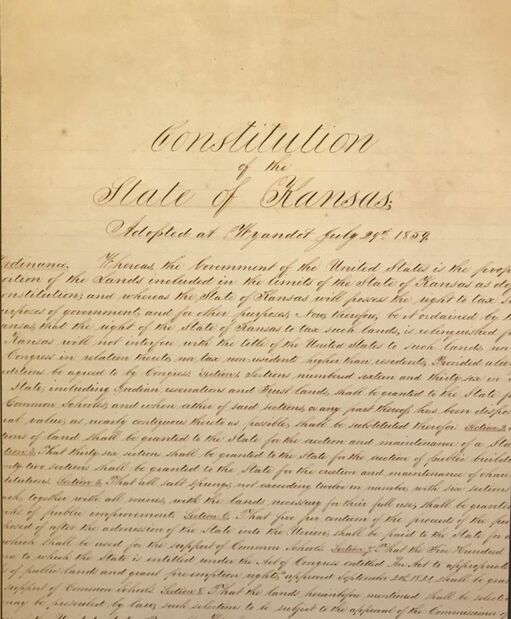The passage of the Kansas-Nebraska Act exacerbated tensions over slavery and opened Kansas up to massive conflict, a time known as Bleeding Kansas (1854-1861).
Border Ruffians
Border Ruffians,’ Missourians who freely crossed the border to vote or participate sporadically in Kansas affairs, but who did not settle there permanently." Border Ruffians fought for what they believed in and defended their people, as Kansans attacked.
|
If Missourians did not rally to defend their right to be in Kansas Territory, ‘Kansas is lost to the South forever–and out slaves in upper Missouri will be useless to us–and our homes must be given up on to the abolition enemy.’”
Nicole Etcheson, "Bleeding Kansas: Contested Liberty in the Civil War Era", 2004
The fighting, however, brought danger to proslavery lives as well as abstract rights. A Missouri man wrote eloquently of ‘the havoc made by the Abolitionists, how they have killed the Settlers, or have driven them from their possessions, burned down their dwellings, and plundered or stolen everything they could carry off, and that not one pro slavery man is left south of the Kansas river in peaceable possession of his property.’” |
African american experience
[T]hey thrashed me once, made me hug a tree and whip me...Well you see I was a runaway...I run away when I was grown and went to Kansas.” |
In their search for freedom, Missouri slaves flocked towards Kansas.
Missouri slaves used the confusion to expand the meaning of freedom by seizing theirs. Although many free states initially denied their movement intended black liberty as well as white, blacks increasingly found allies among the free-state ranks." |
While many African Americans found refuge in Kansas, they were not met with equal treatment.
What were the free staters fighting for? Marching back to Lawrence in early September, 1856, a slave tried to join Lane’s army. Lane ordered him returned to his owner, saying ‘that we were not fighting to free black men but to free white men.’"
NICOLE ETCHESON, " BLEEDING KANSAS: CONTESTED LIBERTY IN THE CIVIL WAR ERA", 2004
Kansas was not truly free.
Sack on lawrnece
The Sack on Lawrence was a moral victory for the free-state side; it shifted public opinion from distaste for free-state defiance of territorial law to admiration for restraint in not responding to the violence."
NICOLE ETCHESON, "BLEEDING KANSAS: CONTESTED LIBERTY IN THE CIVIL WAR ERA", 2004
John Brown
|
"The Raid on Harper's Ferry", 23 Feb. 2010, Smithsonian Magazine - Youtube.
One person there was, . . . to whom earthly fame or human discredit seemed of very small account; who yet suffered the extremes of both. This was John Brown, - a man who made the most common of names uncommonly famous, and, as many said infamous.." "October 16: the Raid"
|
|
Perhaps
You will remember John Brown. John Brown Who took his gun, Took twenty-one companions White and black, Went to shoot your way to freedom Where two rivers meet And the hills of the North And the hills of the South Look slow at one another-- And died For your sake. |
Now that you are
Many years free, And the echo of the Civil War Has passed away, And Brown himself Has long been tried at law, Hanged by the neck, And buried in the ground-- Since Harpers Ferry Is alive with ghosts today, Immortal raiders Come again to town-- Perhaps You will recall John Brown. |
Brown was a leader of the abolitionists and led many attacks on Missourians. His method of violence has made him a controversial figure.
NOw, if it is deemed necessary that I should forfeit my life for the furtherance of the ends of justice, and mingle my blood further with the blood of my children, and with the blood of millions in this slave country whose rights are disregarded by wicked, cruel and unjust enactments, I say let it be done."
John Brown, Last note before execution printed in the New York times, 1859
After the raid on Harper's Ferry, a military armory in Virginia, Brown was sentenced to death. To some Brown is remembered as a terrorist, but to others he was a martyr who symbolizes the fight against slavery.
Click images to enlarge and view captions and citations.
"John Brown" Song
COnstitutional Journey
The struggle for Kansas to be a free or slave state was not just physical, it was political too. Delegates wrote multiple constitutions for the state.
LET US THEN URGE UPON EVERY TRUE FREE STATE MAN, AND EVERY MAN WHO HAS AT HEART THE REAL PROSPERITY AND PROGRESS OF KANSAS, TO DEVOTE HIS TIME FROM NOW UNTIL THE ELECTION IN SECURING A FULL AND OVERWHELMING VOTE FOR THE CONSTITUTION..."
LAWRENCE REPUBLICAN, 29 SEPt. 1859, Watkins Museum of History
1
|
2
|
3
|
4
|
One of the things that allowed Kansas to be successful in 1861 with their final petition to congress was that at that same time the civil war had started to bubble up and states had started to succeed and senators had started to leave….In January of 1861 Kansas entered the Union as a free state at the same time the nation divided into the civil war."
EXECUTIVE DIRECTOR AT THE WATKINS MUSEUM OF HISTORY STEVE NOVACK, C-SPAN, DEC. 18, 2018
Kansas's status was finally settled.
Once the issue of Kansas being free or slave was settled with statehood… raides continued to happen but for a slightly different reason. Kansas was a union state and Missouri was a confederate state and both sides of the border were caught up in a national conflict.” |
For years the people of western Missouri had made no secret of their determination someday to wipe out Lawrence. To them the town was the citadel of Kansas abolitionism, the symbol of all that they hated in Kansas. It had been the ‘Free-State Fortress" |
The border conflict remained as the nation entered into a Civil War.

